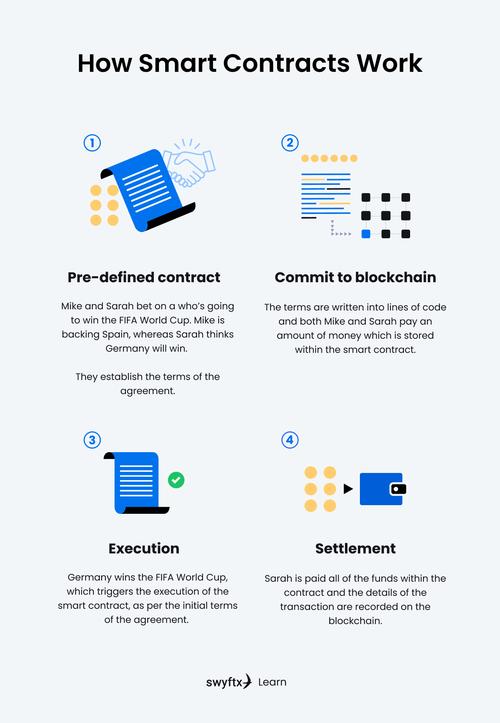
Understanding the Cost to Deploy a Smart Contract on Ethereum
Deploying a smart contract on the Ethereum network is a crucial step for any blockchain-based project. It’s essential to understand the various factors that contribute to the cost of deployment to ensure that your project remains financially viable. In this article, we will delve into the different aspects that affect the cost of deploying a smart contract on Ethereum.
Gas Price and Gas Limit
The gas price and gas limit are two of the most critical factors that determine the cost of deploying a smart contract on Ethereum. Gas is the unit of computation on the Ethereum network, and every operation performed by a smart contract requires gas.

| Operation | Gas Cost |
|---|---|
| Deploying a contract | Depends on the contract size |
| Transferring ETH | 21,000 gas |
| Calling a function | Depends on the function complexity |
The gas price is the amount of ETH you are willing to pay per unit of gas. It is determined by the current demand for gas on the network. The higher the gas price, the faster your transaction will be confirmed. Conversely, a lower gas price will result in a slower confirmation time but a lower cost.
The gas limit is the maximum amount of gas that a transaction is allowed to consume. It is important to set an appropriate gas limit to ensure that your transaction is not reverted due to running out of gas. If the gas limit is too low, your transaction may fail, and you will lose the gas paid.
Contract Size
The size of your smart contract directly impacts the cost of deployment. The larger the contract, the more gas it will consume, and the higher the deployment cost will be. This is because the Ethereum network needs to store the contract code and data on its blockchain.
Contract size can be reduced by optimizing the code and removing unnecessary data. It is also possible to use external libraries and functions to reduce the size of your contract. However, it is important to ensure that the external libraries and functions are reliable and well-maintained.

Network Congestion
The Ethereum network can experience periods of high congestion, which can significantly impact the cost of deploying a smart contract. During times of high congestion, the gas price tends to rise, and the confirmation time can be longer.
It is important to monitor the network congestion and adjust your gas price and gas limit accordingly. You can use tools like Etherscan to monitor the network congestion and make informed decisions about your smart contract deployment.
Smart Contract Development Tools
Using the right smart contract development tools can help you reduce the cost of deployment. Some popular tools include Truffle, Hardhat, and Remix. These tools provide features like testing, debugging, and optimization that can help you create more efficient smart contracts.
Additionally, using a development framework like Solidity can help you write cleaner and more efficient code. Solidity is the primary programming language used for writing smart contracts on Ethereum, and using it effectively can help you reduce the cost of deployment.
Conclusion
Deploying a smart contract on Ethereum can be a costly endeavor, but understanding the various factors that contribute to the cost can help you make informed decisions. By considering the gas price and gas limit, contract size, network congestion, and smart contract development tools, you can optimize your smart contract deployment and ensure that your project remains financially viable.





